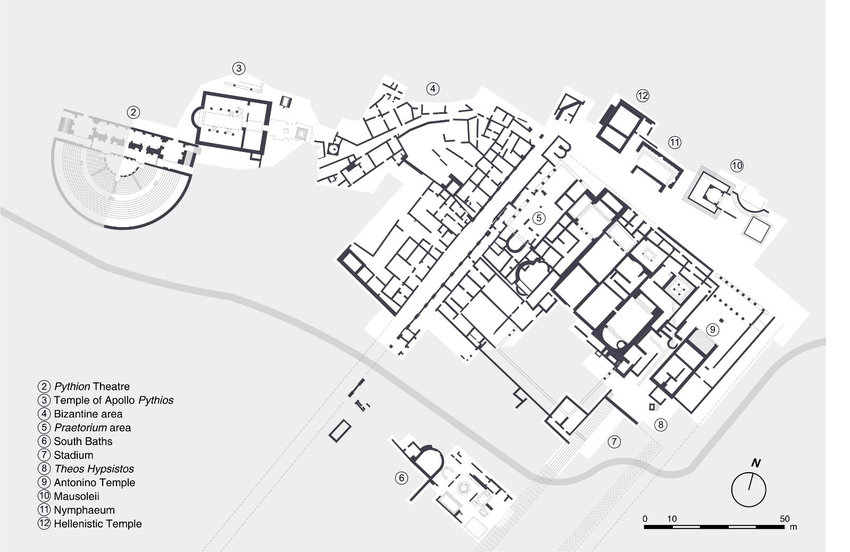
A Hub of Civic and Religious Life
The Nymphaeum Block, situated in the northwestern sector of Gortyna’s northern crossway, offers a fascinating glimpse into the city’s evolution from the Hellenistic period to the Byzantine era. The block’s proximity to the revered sanctuary of Apollo Pythios underscores its significance as a hub of civic and religious activity. The area witnessed substantial development and transformation, particularly during the Roman period, as Gortyna flourished as the provincial capital of Crete and Cyrenaica.
The Hellenistic Origins
The Nymphaeum Block’s history begins in the late 3rd century BC, coinciding with the expansion and restructuring of the Apollo Pythios sanctuary. The block’s earliest structures, including a so-called “Heroon,” date to this period. The Heroon, possibly a shrine or a funerary monument, contained black-glazed pottery and other high-quality finds, suggesting its association with prominent individuals or events.
Roman-Era Flourishing
The Roman period witnessed significant development in the Nymphaeum Block. A temple, built in the Hellenistic style but incorporating Roman architectural elements, was erected near the Caput Aquae, a monumental fountain that supplied water to the area. The temple complex, along with the Caput Aquae, formed a focal point for religious and civic activities.
During the 2nd century AD, the block underwent further transformations. The water system was expanded with the construction of reservoirs and a nymphaeum, a monumental fountain adorned with sculptures and inscriptions. The temple was repurposed into a public building, possibly associated with the legal functions of the nearby Praetorium, the seat of the Roman governor.
Late Antique Transformations
The late 4th century AD marked a period of change and adaptation in the Nymphaeum Block. The monumental arch of the Caput Aquae was replaced with two fountains, and the nymphaeum itself fell into disuse. The temple-turned-public-building was further modified, with the addition of lateral rooms and a central hall, possibly reflecting its evolving function in the city’s administration.
The 5th and 6th centuries saw the continued use and adaptation of the block’s structures. The central hall of the public building was equipped with installations for food production and storage, suggesting a shift towards more practical uses in the Late Antique period.
Byzantine-Era Decline and Reuse
The 7th century brought further changes to the Nymphaeum Block. The area became less urbanized, with simpler houses and workshops replacing the grand public buildings of the Roman era. A small chapel was built within the repurposed temple complex, reflecting the growing influence of Christianity in Gortyna.
The block continued to be inhabited until the 8th century AD, after which it appears to have been largely abandoned, possibly coinciding with the Arab conquest of Crete. In the following centuries, the structures were systematically dismantled and their materials reused for new constructions, leaving behind the ruins that we see today.
The Nymphaeum Block and Gortyna
The Nymphaeum Block, with its mix of religious, civic, and commercial structures, provides a microcosm of Gortyna’s urban development and transformation throughout its history. Its location near the Apollo Pythios sanctuary and its connection to the city’s main thoroughfare, the “North” street, highlight its importance as a central hub of activity.
The block’s evolution reflects the broader changes that Gortyna experienced, from its Hellenistic origins to its flourishing as the Roman provincial capital and its eventual decline in the Byzantine era. The Nymphaeum Block’s story is one of adaptation and resilience, as its structures were repurposed and reused to meet the changing needs of the community.
Archaeological Site: Key Points
- Construction Period: Hellenistic to Byzantine periods
- Location: Northwest sector of the northern crossway in Gortyna
- Dimensions: The block encompasses a significant area within the city, with various structures built in close proximity
- Historical Significance: Showcases the evolution of Gortyna’s urban landscape, from religious and civic centers to Late Antique workshops and dwellings
- Current Status: The Nymphaeum Block is an actively excavated area within the archaeological site of Gortyna, with ongoing research revealing new insights into its history and function
Reference
- Lippolis, Enzo. 2012. “Gortys of Crete: The Excavations in the Nymphaeum Block.” In Archaeological Work in Crete 2, edited by Michalis Andrianakis, Petroula Varthalitou, and Iris Tzachili, 246-260. Rethymno: Faculty of Letters Publications, University of Crete.
Site Info
Access
The site is fenced but you can walk by














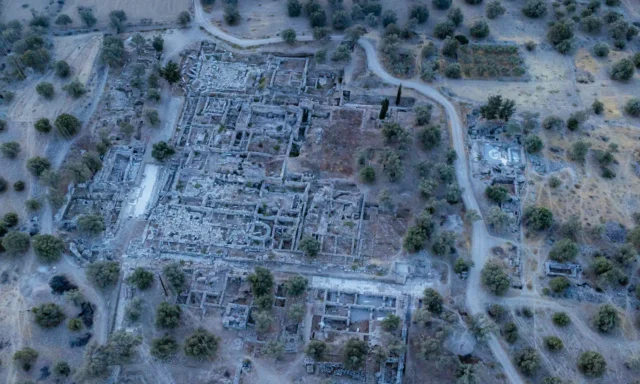
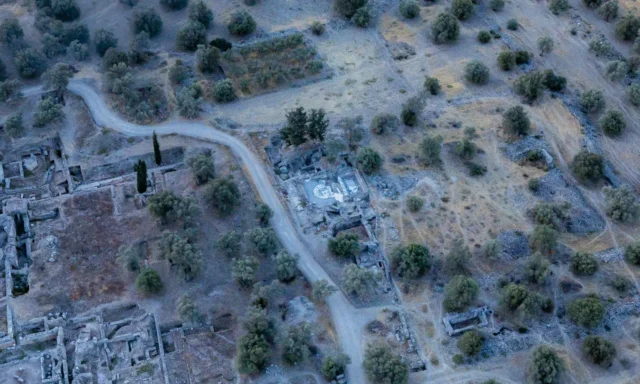

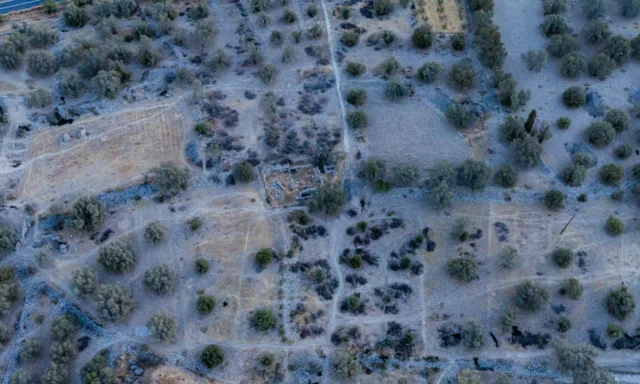

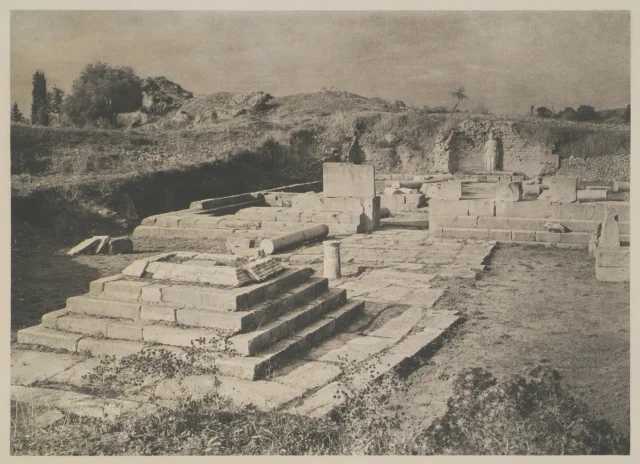
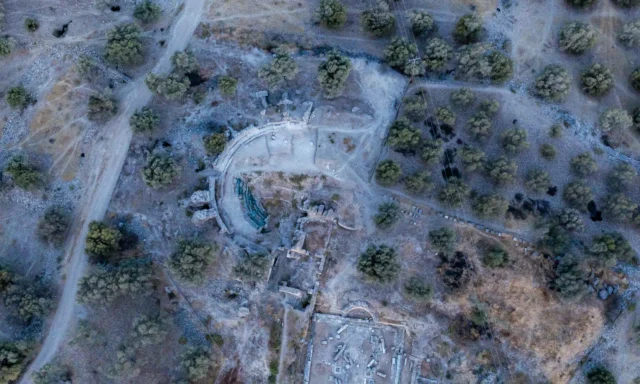

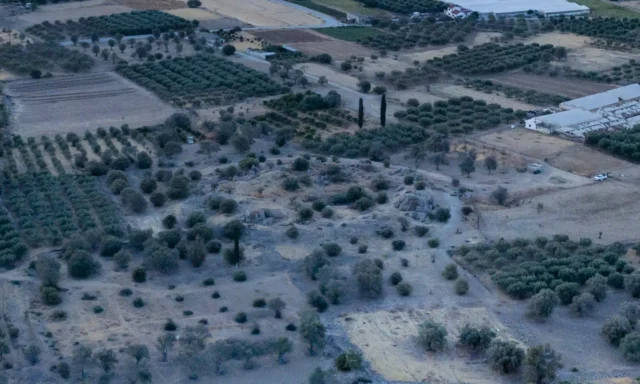
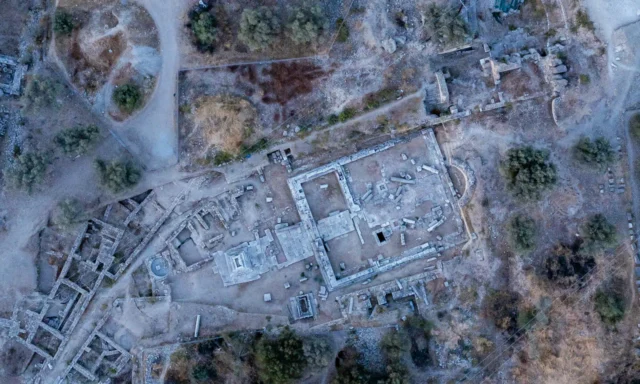

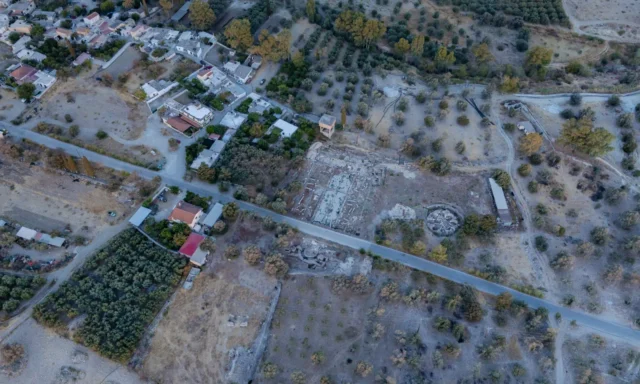
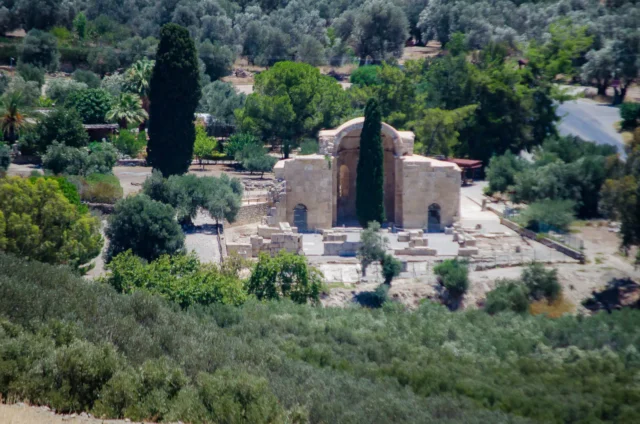
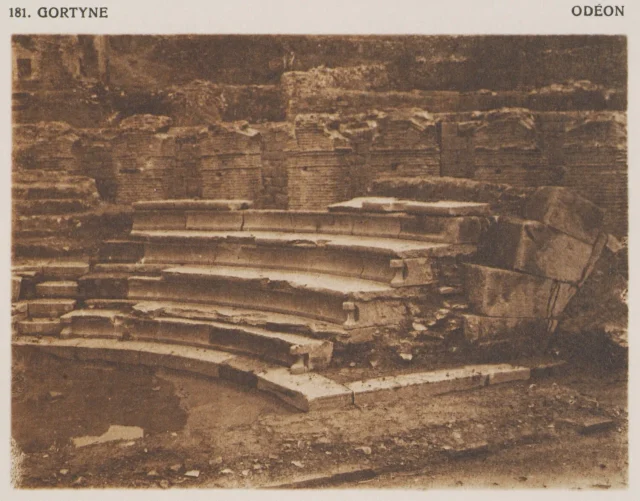
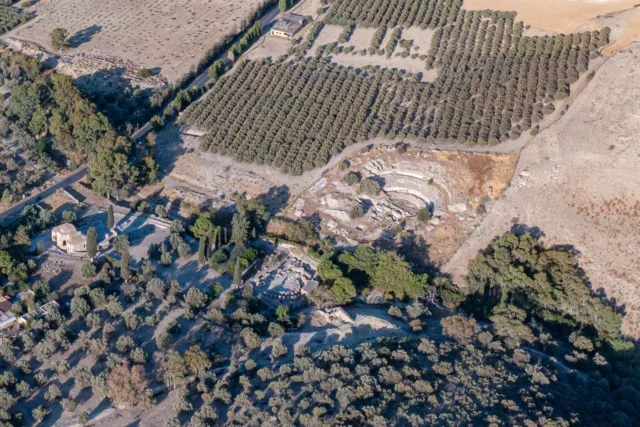

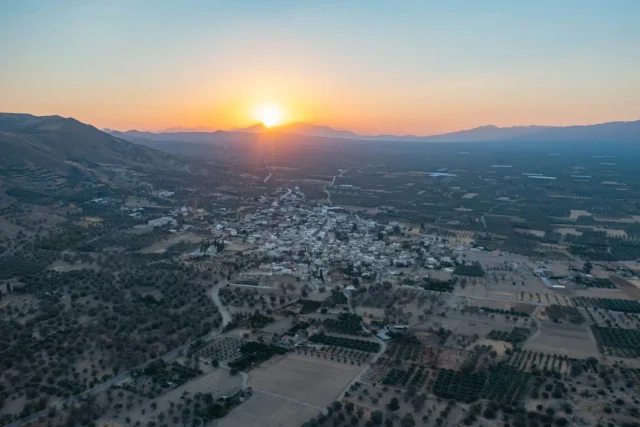
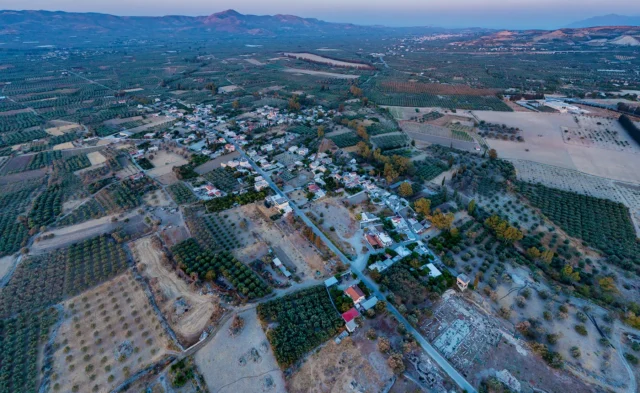

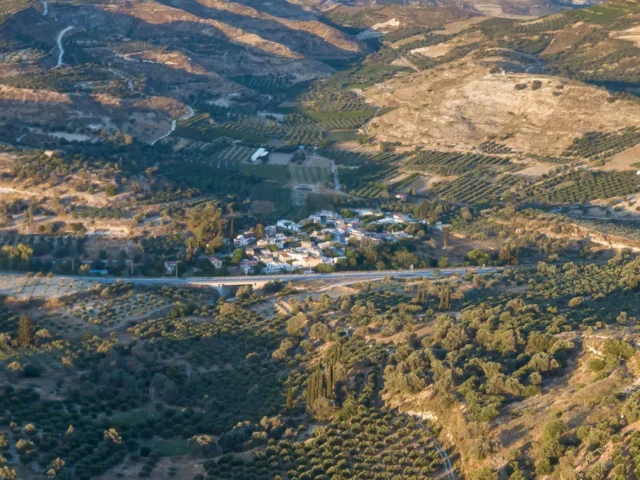

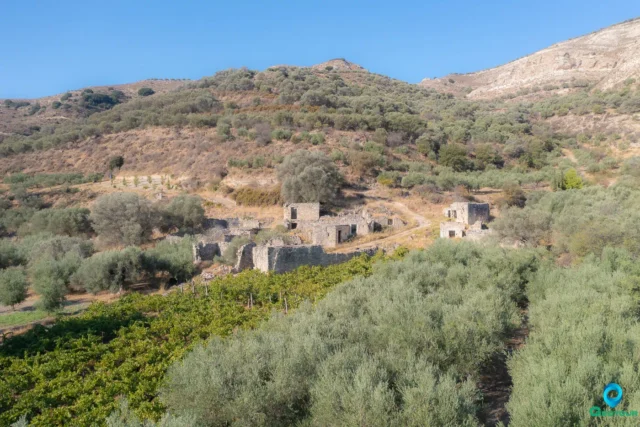
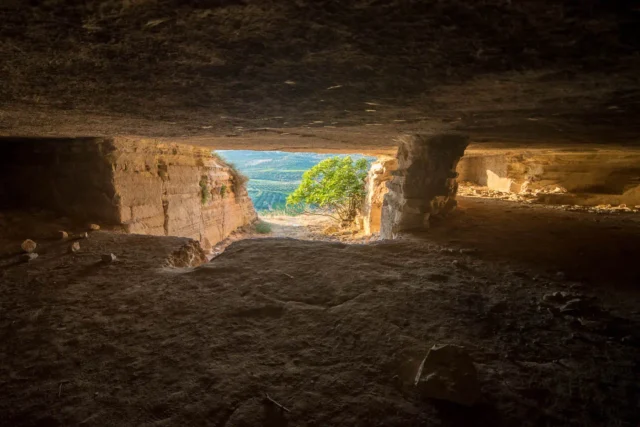

There are no comments yet.